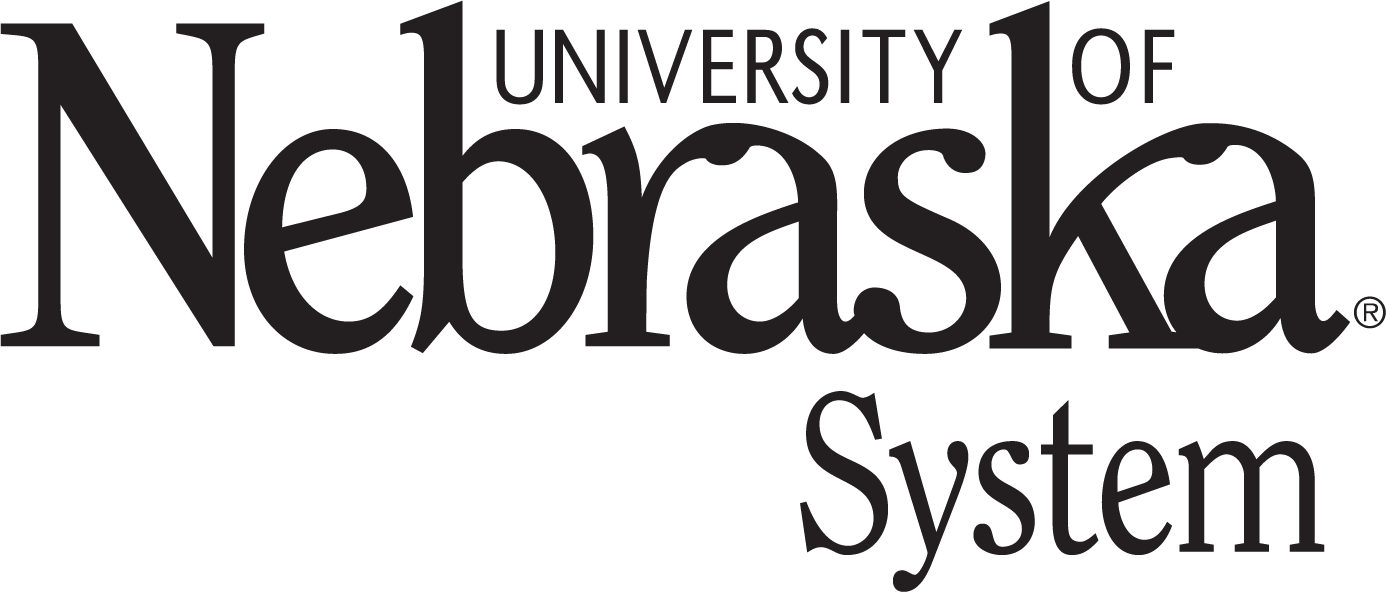23 Musculature
Musculature
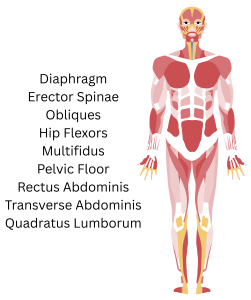 The abdominal muscles play a crucial role in reinforcing the trunk, facilitating movement, and providing stability for the internal organs by regulating internal abdominal pressure. The deep abdominal muscles, along with the back muscles, make up what is commonly referred to as the “core.” These muscles are vital for maintaining stability and balance in the body, as well as protecting the spine. Injuries to the abdominal muscles can occur as a result of overstretching, overuse, or improperly executed trunk movements. A resilient core is essential for navigating daily life, as nearly every movement we make originates from the torso. The abdominal and back muscles work in unison, providing continuous support to the spine whether we are sitting, standing, bending forward, or lifting objects from the floor.
The abdominal muscles play a crucial role in reinforcing the trunk, facilitating movement, and providing stability for the internal organs by regulating internal abdominal pressure. The deep abdominal muscles, along with the back muscles, make up what is commonly referred to as the “core.” These muscles are vital for maintaining stability and balance in the body, as well as protecting the spine. Injuries to the abdominal muscles can occur as a result of overstretching, overuse, or improperly executed trunk movements. A resilient core is essential for navigating daily life, as nearly every movement we make originates from the torso. The abdominal and back muscles work in unison, providing continuous support to the spine whether we are sitting, standing, bending forward, or lifting objects from the floor.
In addition, the core muscles work closely with the pelvic floor, creating a synergistic relationship that enhances our overall stability and mobility. This collaboration supports proper posture and alignment and plays a crucial role in activities that involve bending, twisting, and heavy lifting. A strong pelvic floor helps maintain intra-abdominal pressure, which is necessary for safe and efficient movement during physical exertion. Together, the core and pelvic floor provide a robust support system, ensuring that our bodies remain balanced and resilient throughout various activities.
Anterior Abdominal Muscles:
| External Oblique | Internal Oblique | Rectus Abdominis | Transversus Abdominis |

Internal Oblique:
The internal obliques, located beside the rectus abdominis and situated within the hipbones, function in contrast to the external obliques. When the trunk rotates to the right, both the right-side internal obliques and the left-side external oblique contract simultaneously.
Posterior Abdominal Muscles:
- Erector Spinae
- Psoas Major
- Psoas Minor
- Quadratus Lumborum
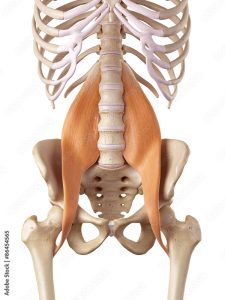
Psoas:
Core muscle located near the spine; assists body in leaning side-to-side, bending forward at hip, and rotate thigh and knee outward from body; assists body with posture during sitting and standing, support hips, and balance during walking and running.
Additional Core Musculature
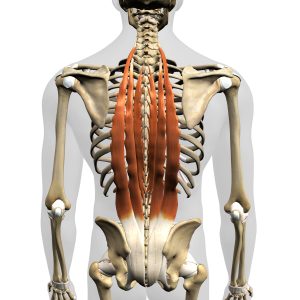
Erector Spinae:
The Erector Spinae is a significant core muscle that is both large and deeply situated within the body. Its primary functions include facilitating rotational movements of the back and contributing to overall spinal stability. This muscle group plays a crucial role in maintaining posture and supporting the spine during various activities.

External Oblique:
The external oblique muscles are located on either side of the rectus abdominis. Their primary function is to facilitate trunk rotation, allowing the body to twist. For instance, when the left external oblique contracts, it enables the torso to rotate to the right side. This coordinated action is essential for various movements and activities that require trunk flexibility and stability.
Hip Flexors:
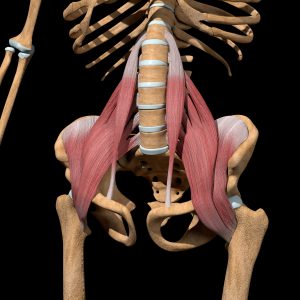
The hip flexor muscles include the iliacus, pectineus, psoas major, rectus femoris, and sartorius. These muscles are located at the top of the thighs and play a crucial role in movements such as raising the knee toward the chest and bending at the hip.
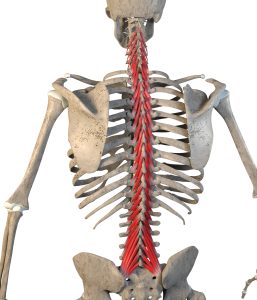
Multifidus:
A deep-seated muscle that runs along the spine. This muscle, alongside the transverse abdominis, plays a pivotal role in enhancing spinal stability, acting as a safeguard against injuries or strains that can occur during physical activities or simply while maintaining proper posture. Together, these muscles form an intricate system that underpins our strength and agility in every motion we undertake.
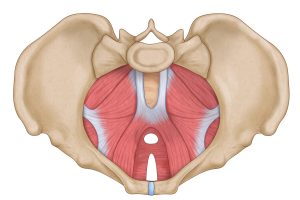
Pelvic Floor:
The pelvic floor is situated at the base of the core and includes skeletal muscles that play a crucial role in supporting the bladder, bowels, and female reproductive organs. This group of muscles is essential for maintaining proper function and stability in these areas.
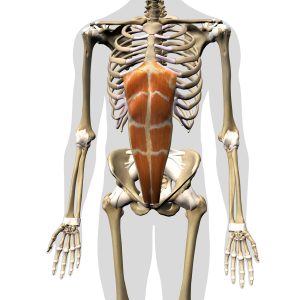
Rectus Abdominus:
The outermost layer of abdominal muscles or “6-pack”; assists body to bend forward at hips/waist, tighten abdominal wall and internal components, posterior pelvic tilt, supports core. The rectus abdominus is located between the ribs and the pubic bone at the front of the pelvis. When contracted, this muscle creates the prominent bulges commonly referred to as a “six-pack.” The primary job of the rectus abdominus is to facilitate movement between the ribcage and the pelvis.
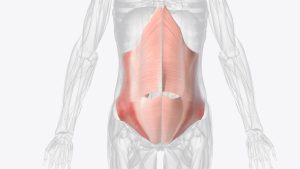
Transverse Abdominus:
The deepest core muscles; stabilizing posture, hold internal organs; increase intra-abdominal pressure for correct breathing, coughing, and bowel movements. The transverse abdominus is the innermost layer of abdominal muscles. Its primary function is to stabilize the trunk while maintaining internal abdominal pressure. This muscle plays a crucial role in core stability and overall body posture.
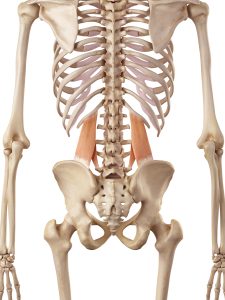
Quadratus Lumborum:
The quadratus lumborum muscle plays a vital role in several key functions related to the lumbar spine. It aids in extending the lumbar spine and stabilizing the lumbar region, which is essential for maintaining proper posture. Additionally, it assists with pelvic tilting, contributing to movements such as bending and twisting. The quadratus lumborum also has a role in the breathing process, supporting diaphragmatic function.
Explore
References:
Ribaudo, A. (2024, February 12). A guide to your core muscles, from a PT. Hospital for Special Surgery. https://www.hss.edu/article_what-are-core-muscles.asp
Physiopedia. (2023, July 14). Quadratus lumborum. https://www.physio-pedia.com/Quadratus_Lumborum#:~:text=Introduction.%20The%20Quadratus%20Lumborum%20(QL)%20is%20the,is%20flattened%20and%20has%20a%20quadrangular%20shape.
Victorian State Government. (2015, June 30). Abdominal muslces. Better Health Channel. https://www.betterhealth.vic.gov.au/health/conditionsandtreatments/abdominal-muscles
Quinn, E. (2025, February 18). Hip flexor muscles and injuries. VeryWell Health. https://www.verywellhealth.com/the-hip-flexors-definition-3120388#:~:text=The%20hip%20flexor%20muscles%20are%20a%20group,that%20work%20together%20to%20enable%20hip%20flexion.
Media Attributions
- core muscles
- Human Muscular System Torso Muscles Internal Oblique Muscle Anatomy Anterior View
- AdobeStock_86454565_Preview
- Male Erector Spinae Back Muscles in Isolation on Skeleton
- Anatomy of the External Oblique Muscles
- 3d Illustration of Multifidus Muscles on a White Background
- female pelvic floor muscles, levator
- Male Rectus Abdominis Muscle in Isolation on Human Skeleton, 3D Rendering
- The transversus abdominis (TrA) muscle is the deepest of the 6 abdominal muscles
- the quadratus lumborum
